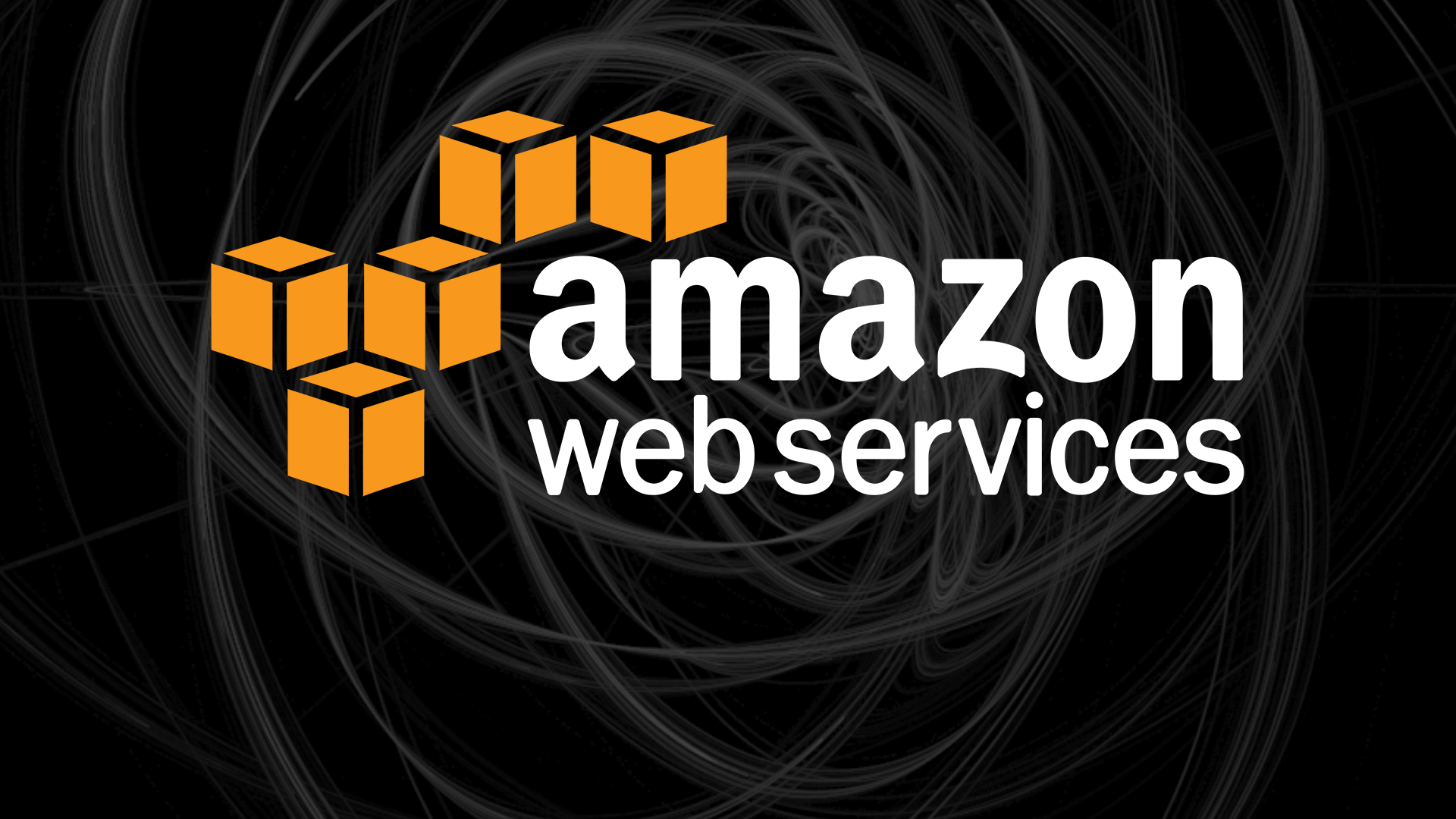MARKETING
Zeta becomes first marketing platform to join the AWS marketplace

Zeta Global has announced that its Zeta Marketing Platform (ZMP) will become available in the Amazon Web Services Marketplace. The Marketplace does list individual martech solutions such as marketing automation platform Mautic and Suite CRM, but ZMP is a more comprehensive marketing suite comprising customer data management, identity management, omnichannel activation and analytics.
The move gives Zeta access to more than 300,000 active AWS customers who will be able to deploy ZMP as part of their Enterprise Discount Program.
Planning rapid growth. Zeta has set itself the target of overtaking other major marketing cloud platforms such as Adobe, Oracle and Salesforce by 2025. “As we continue to build our path to Zeta 2025, our long-term goal to elevate to the largest marketing cloud in the industry, becoming the first marketing cloud natively available to AWS customers will be an accelerant through the co-selling relationship,” said Steve Gerber, president and Chief Operating Officer at Zeta Global in a release.
This follows a number of acquisitions made by Zeta over the last three years including surveying tool Apptness, AI and content classification company Temnos, DMP and DSP Sizmek, and location data company PlaceIQ.
Read next: More about Zeta Marketing Platform in our guide to email marketing platforms
Why we care. It’s good to have ambitions. Right now, Zeta is staffed on a scale comparable with competitor Acoustic and remains dwarfed by Adobe, Oracle and Salesforce — although Oracle in particular offers way more than a marketing platform.
Nevertheless, this seems like a good step to take on the path to growth. We wonder whether other marketing suites will follow the same route.
Get the daily newsletter digital marketers rely on.

















You must be logged in to post a comment Login